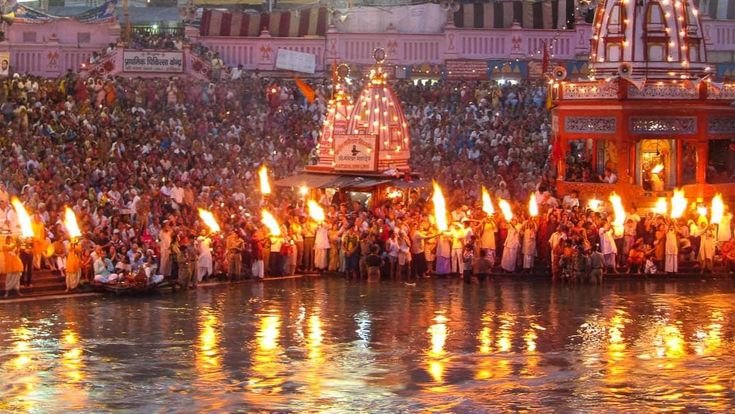Eram Massacre the Second Jallianwala Bagh Massacre: Orissa’s Silent Struggle
-Bhoomee Vats India’s quest for independence has been defined by innumerable acts of sacrifice, resilience, and collective strength. While many such events have gained national attention, some are overshadowed by more notable equivalents. The Eram Massacre of 1942, often known as the “Jallianwala Bagh of Odisha,” is a sorrowful but significant event that demands more […]Read More









